AMD Ryzen Threadripper 2970WX Review: 24 Cores on a Budget
Why you can trust Tom's Hardware
Workstation Compute and Graphics
Workstation Compute
Many workstation applications scale very well with additional cores in certain workloads or with special plugins, but the result is always the sum of many factors and tasks in which the pure computing power of all the cores is important, but even so also not crucial. Often enough, the parallelizable tasks do not scale beyond a certain number of cores / threads, so IPC will co-decide. And that's not the advantage of AMD.
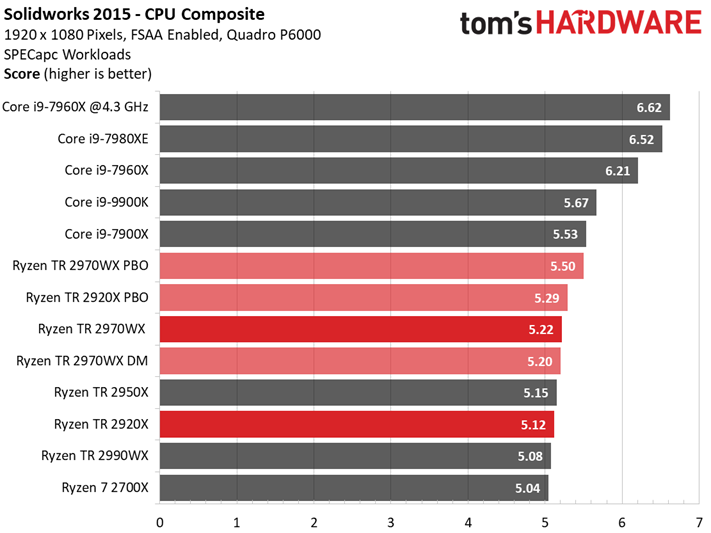
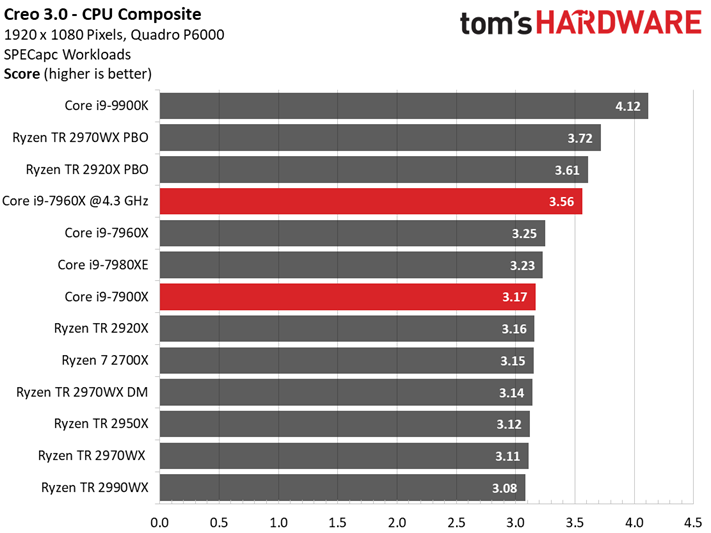
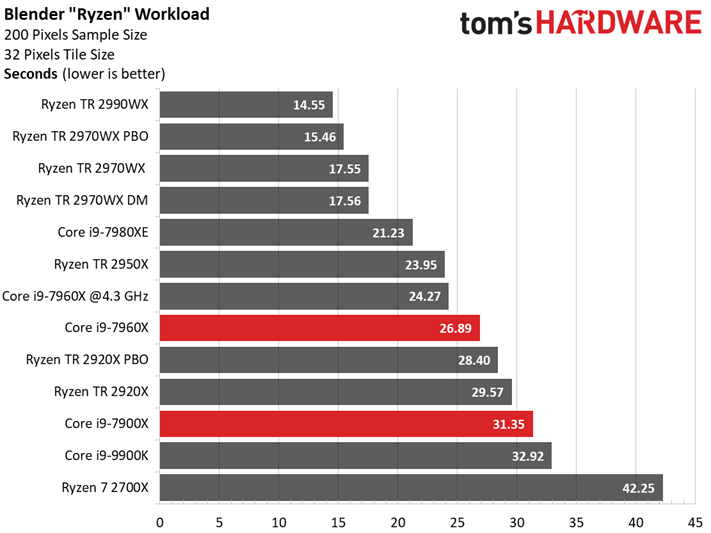
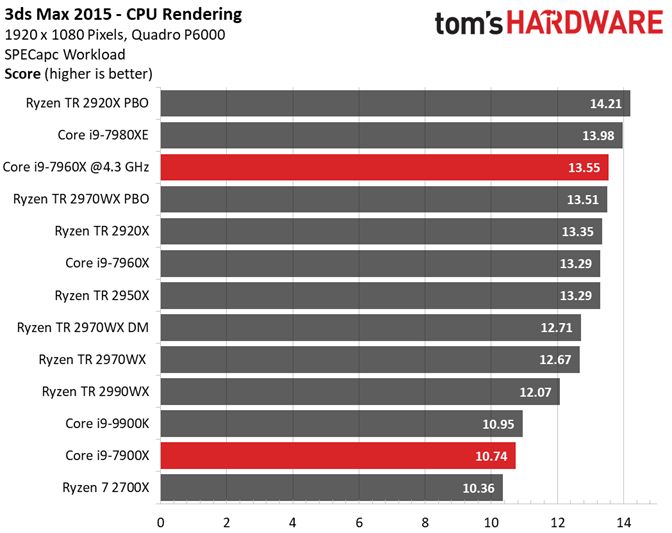
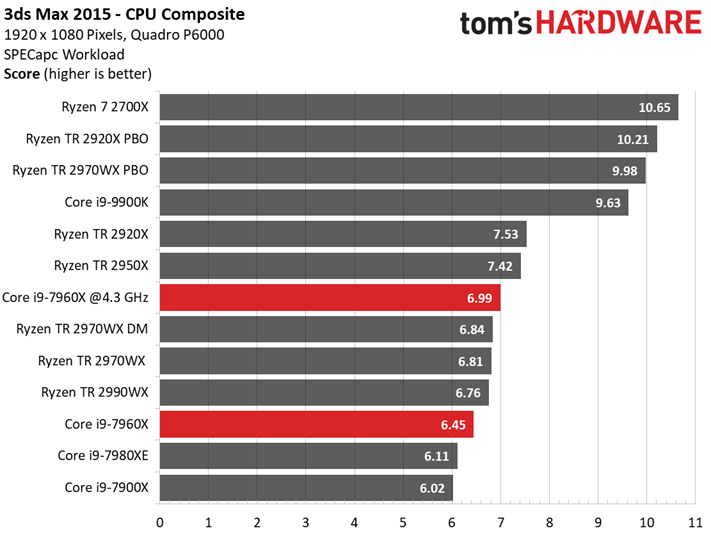
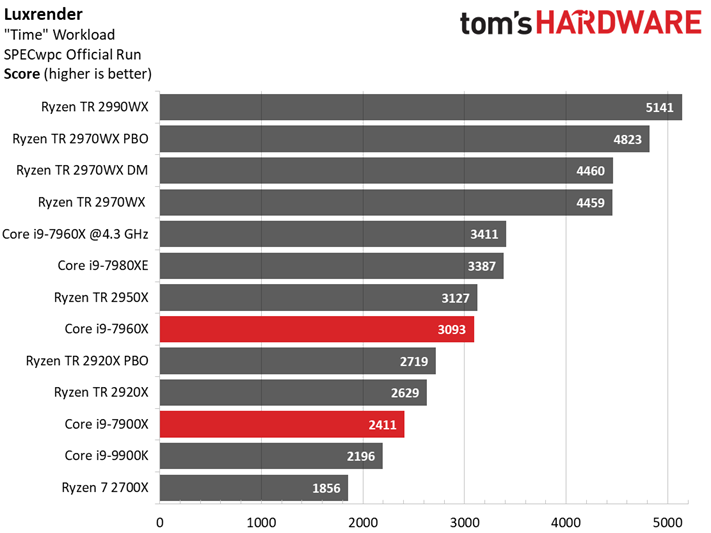
The dynamic mode of the Ryzen TR 2970WX is another such thing in its own right, because between the individual iterations of a benchmark (between 3 and 5, depending on the application), it sometimes comes to very clear differences. We can only explain it again with the missing memory controller, since many AVX- and SSE-optimized codes (but not only those) depend on memory bandwidth. And when a software solution such as Dynamic Mode intervenes, the well-intentioned can sometimes turn into the opposite.
Workstation Graphics
While workstation graphics are a niche for most readers, some might consider using Threadripper 2970WX's twelve cores and 24 threads for professional tasks. Really, though, there aren't many threaded applications for real-time graphics output. These benchmarks mostly benefit from high IPC and frequency, which isn’t one of Threadripper’s inherent strengths. The results are not bad, but also not outstanding.
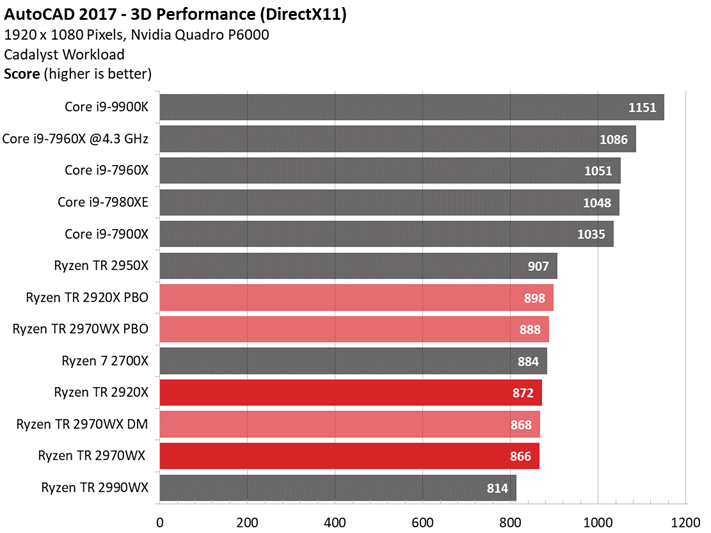
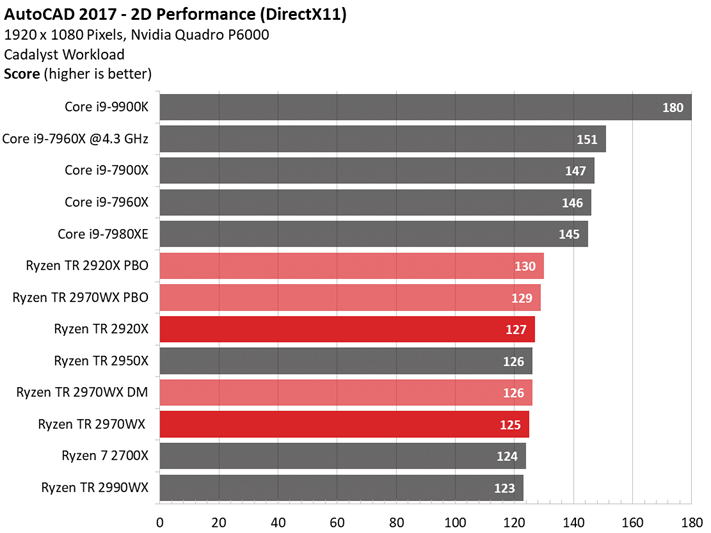
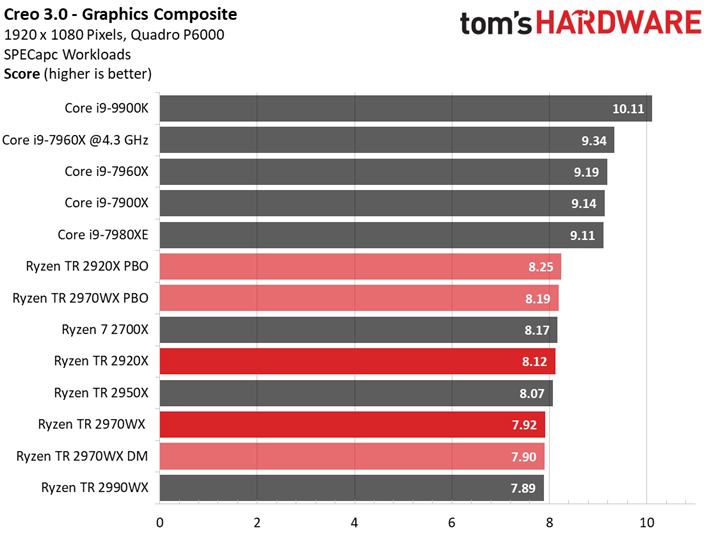
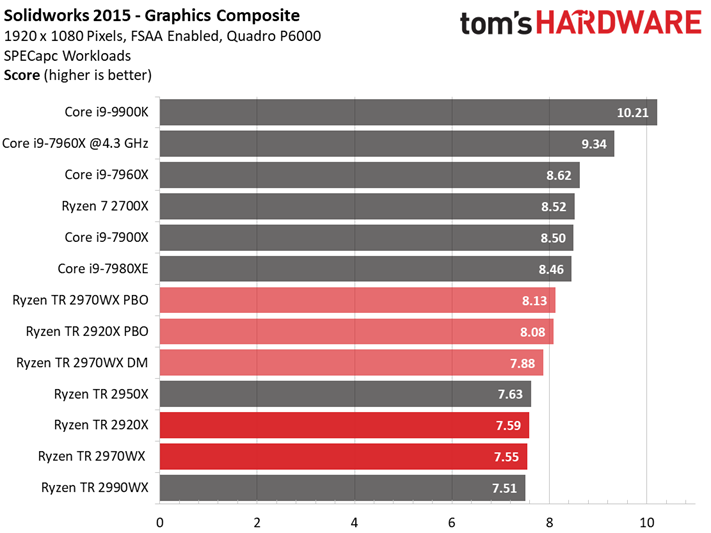
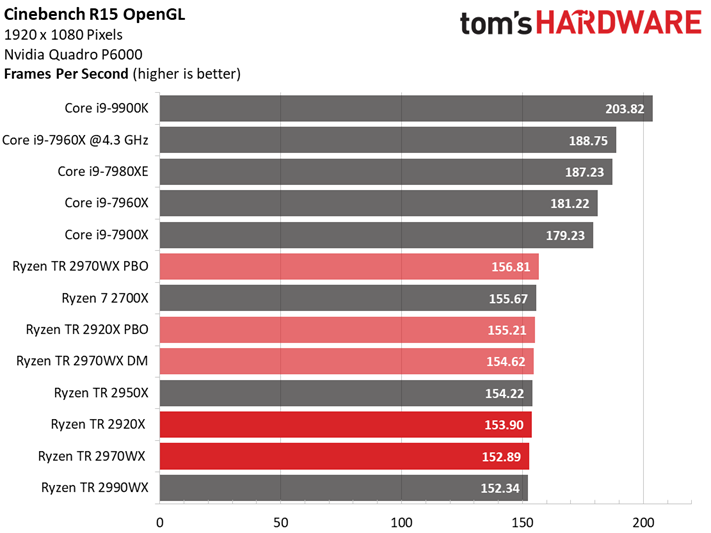
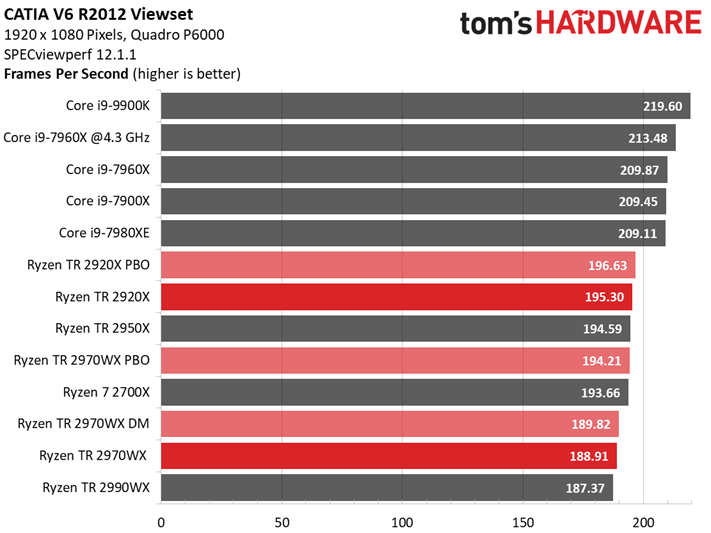
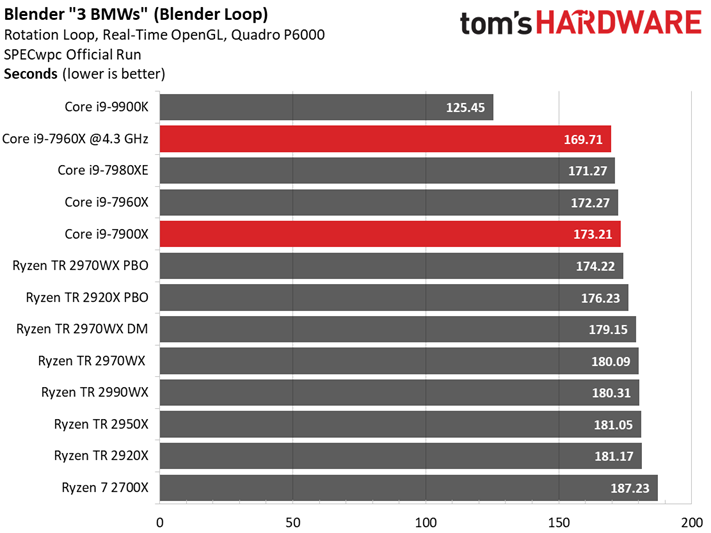
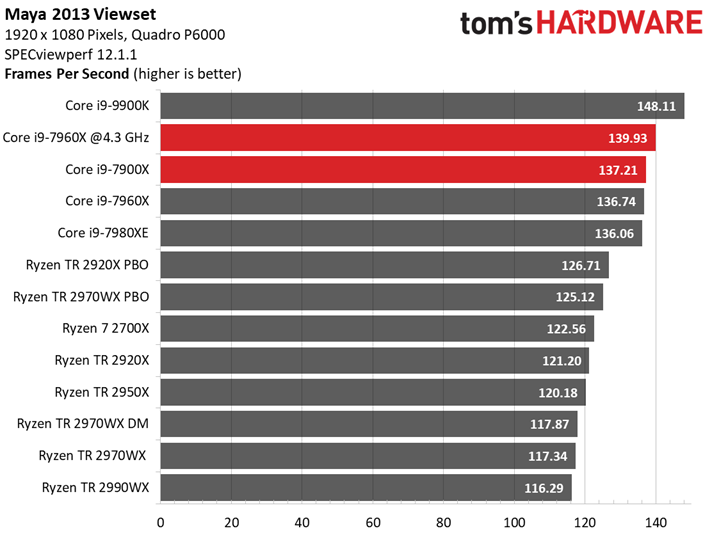
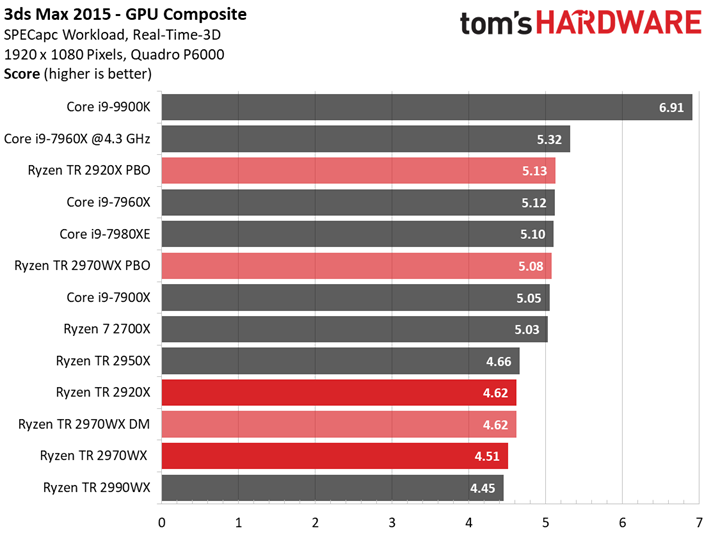
Nevertheless, there are also applications that have to calculate in parallel and are grateful for every additional thread. AutoCAD is just an example of the clock dependence of fewer threads when it comes to pure 2D drafting or real-time 3D graphics output. The graphic performance is very reminiscent of the general result in gaming, it doesn’t matter if you use DirectX, OpenGL, or just the Windows GDI.
MORE: Best CPUs
MORE: Intel & AMD Processor Hierarchy
MORE: All CPUs Content
Get Tom's Hardware's best news and in-depth reviews, straight to your inbox.
Current page: Workstation Compute and Graphics
Prev Page Rendering, Encoding and Compression Next Page Power Consumption
Paul Alcorn is the Editor-in-Chief for Tom's Hardware US. He also writes news and reviews on CPUs, storage, and enterprise hardware.
-
Peter Martin Threadripper and Cake or Death!Reply
I'll have the Threadripper please.
Very well! Give him Threadripper!
This would be ideal for me, but it is pricey for now. -
1_rick Basin Falls may be soldered, but considering that the solder in the 9000-series doesn't seem to do as much as people had hoped, we should be prepared for there not to be a lot of OC headroom.Reply -
kinggremlin If you can't afford it, you don't need it. Anyone who can make actual use of this CPU is using it in a business which is generating the money necessary to pay for it.Reply -
g-unit1111 Reply21441427 said:If you can't afford it, you don't need it. Anyone who can make actual use of this CPU is using it in a business which is generating the money necessary to pay for it.
Exactly, if I were in a business to generate content I would take the 24 core TR4 CPU over the 18 core Intel equivalent for less money any day of the week. Not everything is made to play games on it. -
Dorian Kunch Why he is the internet IT god, bow to it it it it one one one oneReply
Give it the Threadripper.
Give it! -
Peter Martin I would be able to make some money with that for sure. fine, now where is that business plan?Reply